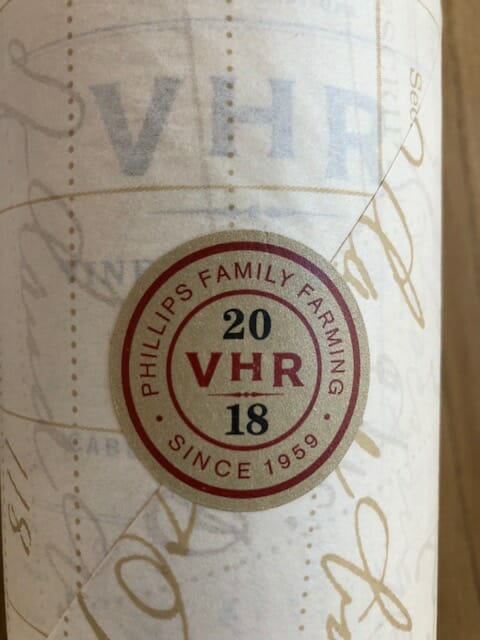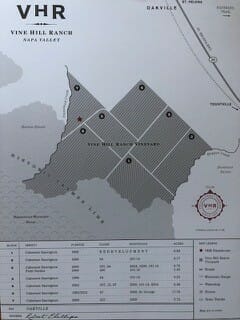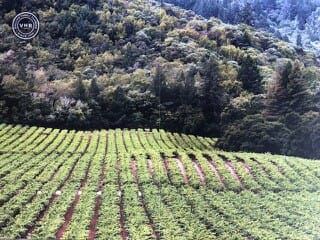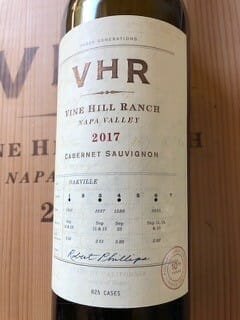This is an exciting and important addition to the EWL Portfolio. It is an honor to work with this Grand Cru of Napa Valley.
Graced with exceptional soil and climate, VHR Vine Hill Ranch descends from the foothills of the Mayacamas Mountains into Western Oakville, nestled between the Harlan Estate and Dominus. Three generations of the Phillips family have cultivated wine grapes here, joining a long line of Napa Valley growers who have farmed these acres since 1884. The VHR Vine Hill Ranch vineyard is divided into seven distinct blocks, and it is the individual harvesting and blending of these seven blocks by winemaker Francoise Peschon, that creates the finesse of VHR. Seven unique sites- one wine.
Why VHR Vine Hill Ranch is so highly regarded as Grand Cru Napa Valley? These famous wines have all been sourced from VHR Vine Hill Ranch: Bond Vecina, Lail, Etude, Chappellet, Araujo, 1968 Beaulieu Vineyard Georges de Latour Private Reserve among others.
Winemaker: Since 2008 none other than Francoise Peschon. Winemaker of the Year 2019 SF Chronicle. She has made wine at Chateau Haut-Brion, Stags Leap, Araujo, Cornell, Accendo….
Location: Elevation and Microclimate
VHR Vine Hill Ranch is tucked away in the southwest corner of the Oakville appellation benchland, at approximately 200 to 300 feet in elevation. The well-draining rocky loam is comprised of quartz-rich marine sediments with sodium and potassium minerals.
Being over 70 acres in scope creates a palette reflective of distinct soil characteristics and compositions. The vineyard is at the base of an alluvial fan, bordered by two streams, dotted with numerous knolls of rhyolitic deposits, and surrounded by hundreds of acres of wildlands.
The microclimate features a cool morning fog from San Pablo Bay that often reaches the vineyard. Tucked along the base of the Mayacamas Range, the vineyard’s location results in less intense afternoon sun exposure. The addition of an afternoon breeze means a slightly cooler grape growing experience compared to Rutherford, St. Helena and Calistoga.
A unique trellising system augments the microclimate. “Interestingly, a fair amount of the vineyard is trellised quite high off the ground,” wrote Kelli White in Napa Then & Now. Viticulturist Michael Wolf, who has managed the vineyard since 1998, explained the reason to White. “There is an average four- to five-degree difference in the daily temperature between fruiting zones that are two feet vs four feet off the ground. This difference helps slow down the ripening and promotes elegance and acidity in the elevated grapes.”
Combined, all of these elements consistently create wines that are of singular quality and character, the signature of VHR Vine Hill Cabernet Sauvignon.




